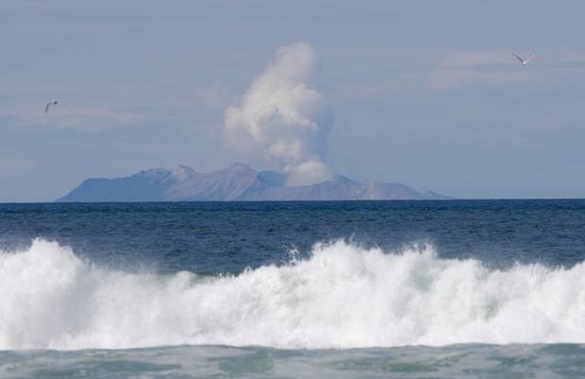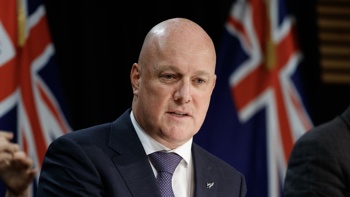Six bodies have been airlifted off White Island by the recovery team.
Police confirmed at 10.30am that the bodies would be transported by helicopter to the Navy ship HMNZS Wellington, which is anchored off the island.
A total of eight bodies were believed to be on the island.
Hayden Marshall-Inman's brother, Mark Inman, says it feels "fantastic" to have the recovery mission underway.
"It's almost like a relief now it's happening. It's going to allow us to grieve and send our loved ones off in the manner they deserve."
Inman said he had pushed for the recovery to happen and was happy authorities had listened.
His brother Hayden worked as a White Island tour guide and it is understood he was killed when he went back to help others after Monday's eruption.
Earlier today police said the recovery operation was "going to plan" but would take longer than first thought, police say.
Deputy Police Commissioner Mike Clement said at 9.15am: "The recovery team is in the area where we believe the majority of the bodies are.
"The operation is taking more time than expected, this is due to the protective equipment the recovery team is wearing which can be restrictive and heavy but is necessary.
"Conditions for the operation are good in regard to the weather, sea state and the environment on the island."
Earlier, Deputy Police Commissioner John Tims said just after 7am today that a blessing had been held at sea with representatives of the victims.
"The family representatives are returning to the mainland and the operation to recover the eight bodies on the island has commenced."
The retrieval operation began at first light. It follows days of growing frustration from grieving families at delays in emergency services returning to the island to collect their loved ones.


/arc-anglerfish-syd-prod-nzme.s3.amazonaws.com/public/MOSCK6HGCVCA7KZJMVL4GIKAZY.jpg)
/arc-anglerfish-syd-prod-nzme.s3.amazonaws.com/public/NUXP2XT4VVHAXBITH2TKUYX3UI.jpg)
/media.nzherald.co.nz/webcontent/infographics/3377/Rescue.jpg)
/arc-anglerfish-syd-prod-nzme.s3.amazonaws.com/public/BG5737ML5FCOVJVWMEYQB2AIG4.jpg)








